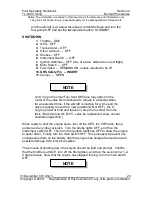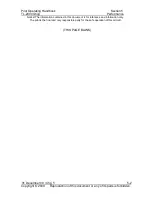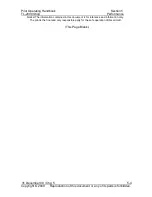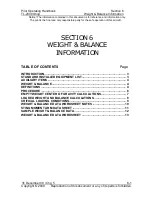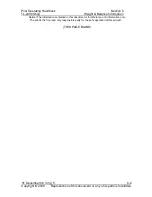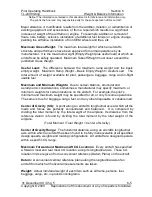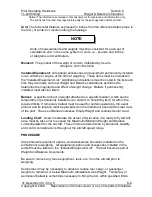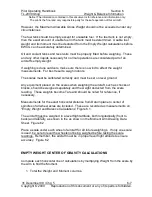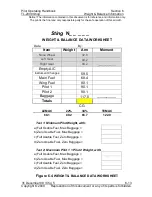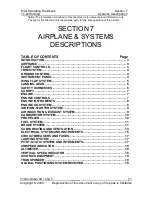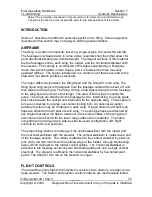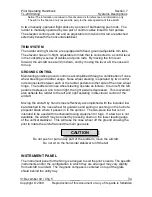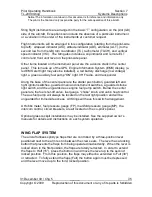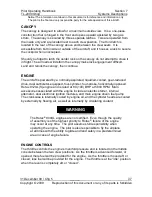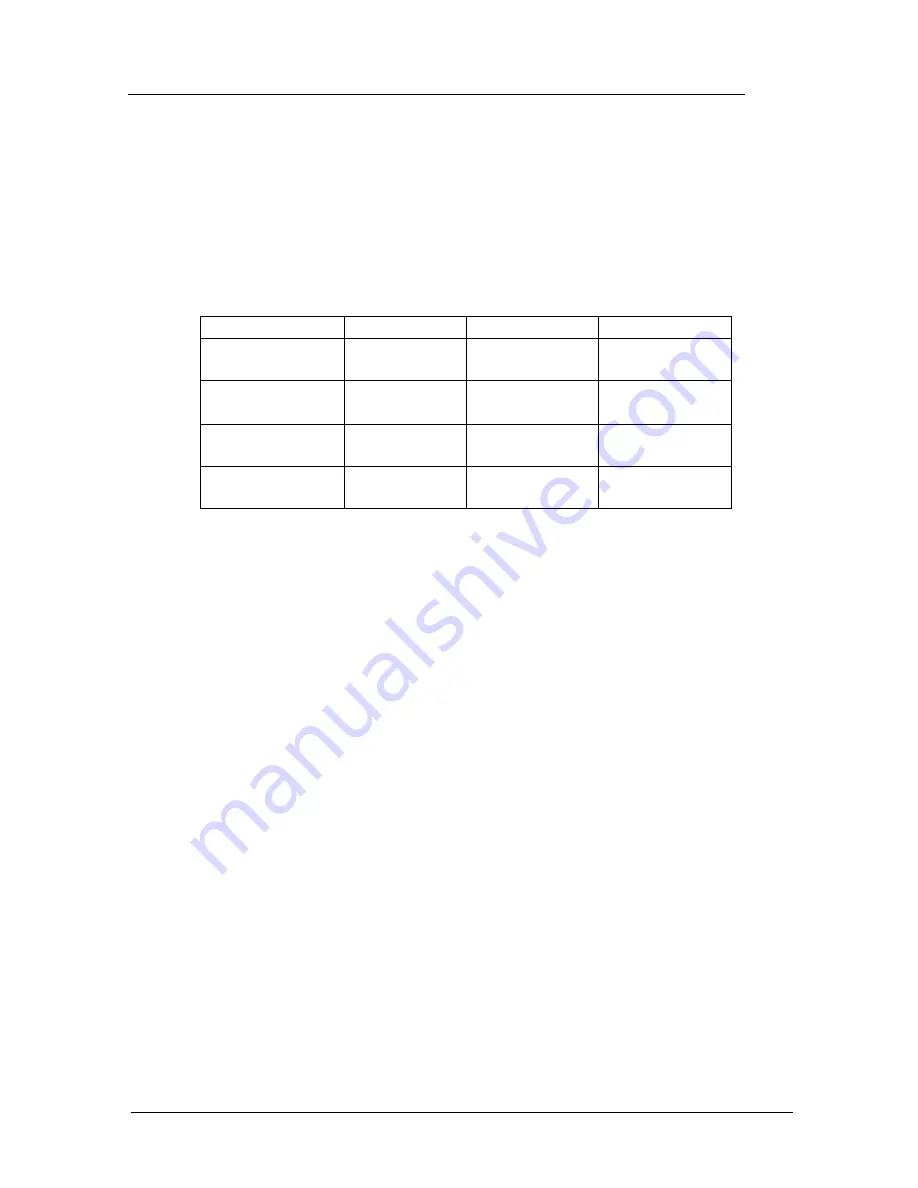
Pilot Operating Handbook
Section 6
TL-2000
Sting
Weight & Balance Information
Notice! The information contained in this document is for reference and information only.
The pilot is the final and only responsible party for the safe operation of this aircraft.
31 December 09 / Chg 5
6-8
Copyright © 2009 Reproduction of this document or any of its parts is forbidden.
2. Divide the Total Empty Moment by the Total Empty Weight to determine the
Empty Weight CG location, from the Datum plane
In the example of Figure 6.3, the EWCG is 82.6
inches aft of Datum. This distance
is also known as the Empty Weight Arm.
Typical empty weight calculations for the Sting aircraft
ITEM
WEIGHT
ARM
MOMENT
NOSE WHEEL
152
32.8”
4986
LEFT GEAR
327
94.2”
30803
RIGHT GEAR
326
94.2”
30709
TOTALS
805
82.6
66498
Therefore the aircraft Empty Weight Center of Gravity (EWCG) Location =
66498 (Total Moment) / 805 (Empty Weight) = 82.6 inches aft of Datum Plane
Figure 6.1, Example of Initial Empty Weights
LOADED WEIGHT AND BALANCE CALCULATIONS
Complete the Loaded CG calculations as was done in the Sample Weight CG Chart.
The Empty Weight, the Empty Weight Arm, and the Empty Moment are shown in the
Loading Chart Weight and Balance Work Sheet.
Write in the actual Fuel weight for each tank location for your aircraft load condition.
Fuel weight is calculated at 6 pounds per U.S. gallon. The maximum weight for the
Main fuel tank at 20.5 gallons is 120 pounds. If installed, the maximum weight for the
Wing aux tanks at 6 gallons each side, 12 gallons total, is 72 pounds. Multiply the
fuel weight times the Arm shown in each row to obtain the moment for each tank.
Write in the actual weight of Pilot1 and Pilot2, in the case of two occupants. Be sure
not to exceed the individual maximum recommended weights for the seat load.
Multiply the occupant weight times the Arm shown in each row to obtain the moment
for each seat location.


